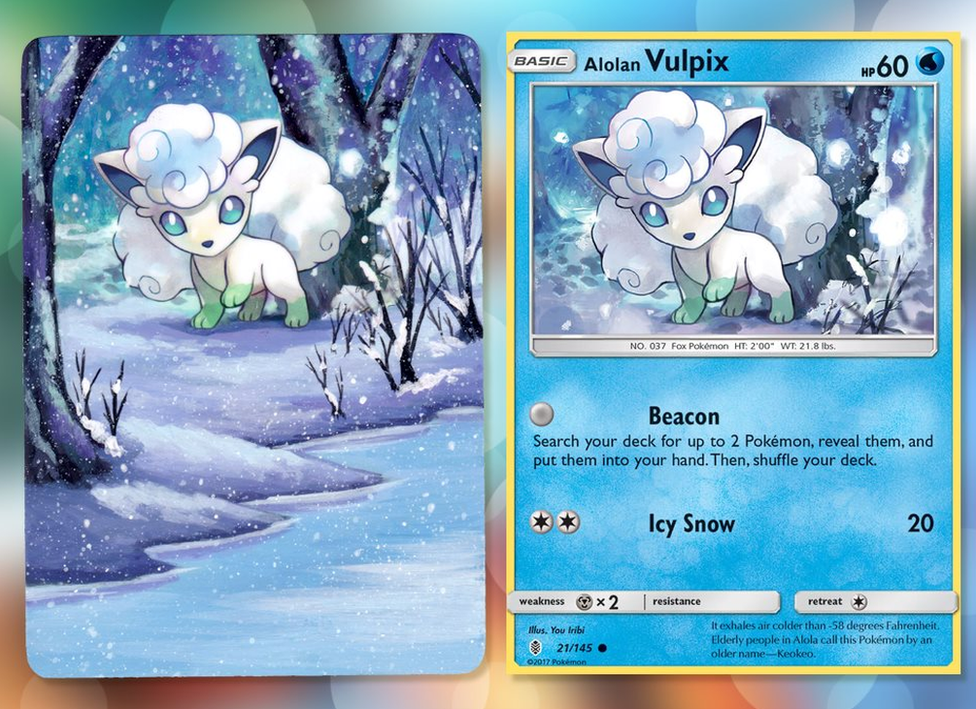

Then, you can use the letterbox stamp to mark your own personal logbook to track all of the letterboxes you have found. In the logbook, you can sign with your trailname and signature stamp. When you find a letterbox, there will be a logbook and a stamp inside.
#COMPARE POKEMON FIND SIMILARITIES PLUS#
Part of letterboxing involves choosing or creating your own signature stamp that you carry along with you, plus your own ink pad, on your treasure hunting adventure. The actual letterbox can be any type of durable container that can withstand the elements, such as a metal canister or plastic kitchenware.Ī fun feature of letterboxing (and a distinction from geocaching) is the stamping element. Look towards the pavilion, spy the tree like a “V” and you will find it behind there." Example of a Letterboxing Clue: "Take the next left turn, go to the tree with the trunk like a big sleeping bear. Most letterbox seekers use online forums to review the clues for local letterboxes, although some boxes are only discovered through word of mouth clues. Letterboxes are hidden in public places like parks and nature trails and can be located by following clues from the letterbox owner. geocaching to discover all the similarities and differences between these fun, adventure sports! Letterboxing Basics Let’s dive deeper and compare letterboxing vs. Letterboxing uses a series of clues and sometimes a compass to find the letterbox. Geocaching uses coordinates on a GPS (global positioning system) to locate a waterproof container called a cache.

Short Answer: Both are outdoor, public treasure hunts, with a slight distinction. What is the difference between letterboxing and geocaching?


 0 kommentar(er)
0 kommentar(er)
